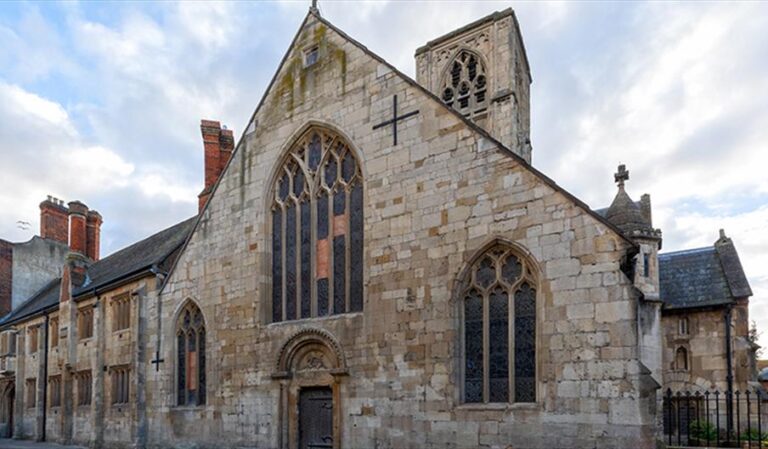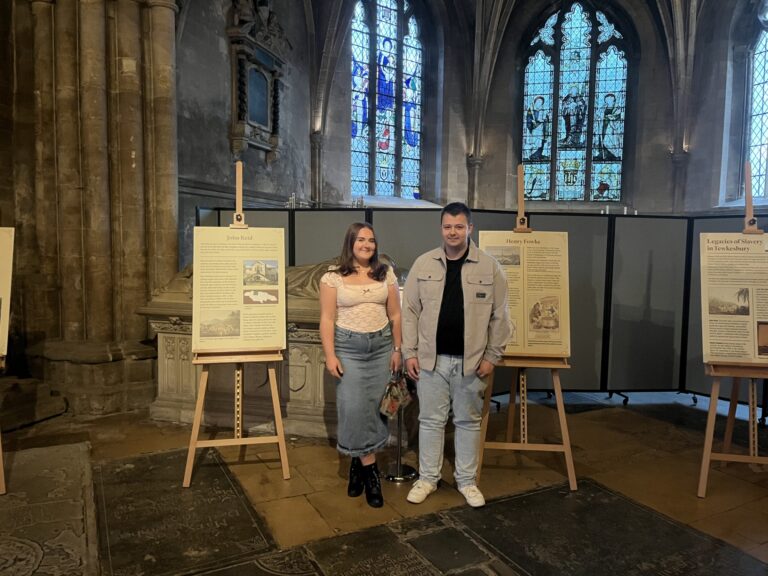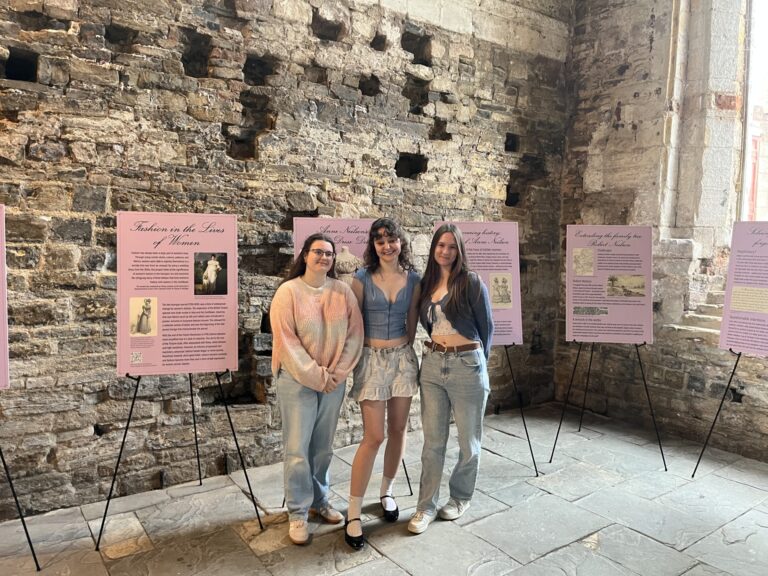| CC4HH
‘Slum Clearances’ in Cheltenham’s Lower High Street
Project conducted by: Christian Colson, Aashika Gurung, Brittany Moore, Ffion Page, Ben Sheldon, Riley Woodman.
Jump to: The causes of slum clearance | The process of slum clearance in Cheltenham | People and their properties | Resistance to slum clearance | Slum clearance displacement | The Jelfs family
Our group aims to investigate and develop a better understanding of what happened to Cheltenham’s Lower High Street and its residents during the period of ‘slum clearance’ in the 1930s. Cheltenham Town Council proposed two clearances Programmes, one in 1934 and the other in 1935, which affected areas across Cheltenham.

The history of Cheltenham’s Lower High Street dates back to the medieval period when the High Street was the main thoroughfare through the town. By the 19th century, many people who settled in the Lower High Street area were from the lower classes and worked in jobs requiring little skill.
According to the 1844 Cheltenham Directory, Lower High Street residents were employed as labourers, porters, gardeners and dressmakers. The poor condition of the housing in these streets resulted in the area being designated a key area for the Slum Clearance Programmes of the 1930s.
The Causes of slum clearance
The 1930 Slum Clearance Act was a nation-wide initiative to improve living conditions and overcrowding in urban areas.
Sanitary conditions
Bathrooms and Kitchens were to be significantly upgraded and fitted with a sewage system and plumbing that would allow general waste to be discarded through running water.
Back-to-back Housing
A key concern was the limited natural light that could enter each property. Slum Clearance Programmes in Cheltenham came to focus on the removal of a number of buildings from the terraced streets.
Do you recognise any of the areas in these photos?

Do you recognise any of the areas in these photos?
The Process of Slum Clearance in Cheltenham
The first Slum Clearance Programme was established in January 1934. This determined which houses were to be deemed as having unsatisfactory living conditions, including many on the Lower High Street. The council was also to provide alternative affordable accommodation for the people who would have to leave their homes.
The Town Council Housing Committee began negotiating the purchase of houses in the Lower High Street directly from landlords. Plans for the size and quantity of houses that were necessary to replace the ‘slums’ were also discussed. More areas that needed clearing were added in the second Slum Clearance Programme in February 1935.

People and their properties
Most of the residents in the Lower High Street were deeply tied to their property. For some, such as the owner of number 50 Sun Street, the house was their ‘only means of subsistence’. Another resident stated that their cottage was bought from her husband’s lump pensions and therefore became a ‘part of his living’. The properties in the Lower High Street were considered to be part of people’s well being and family legacy, which resulted in some residents not accepting the Slum Clearance policies.
Do you have any family members who were moved out of the Lower High Street area?
Resistance to Slum Clearance
Resistance to the Slum Clearance Programme consisted of various formal objections. Objections were made through the Slum Clearance Order inquiry which took place in Cheltenham Town Hall and some residents sent letters to the Town Council.
Another form of resistance saw residents refusing to allow inspectors to investigate their property. The Cheltenham Chronicle reported that residents of 20 out of 67 properties objected to their property being cleared.

Slum Clearance Displacement
Cheltenham Town Council was responsible for rehousing those displaced by Slum Clearance. In 1935, it was reported that this would involve 150 people from 26 slum clearance sites, including those in the Lower High Street area.
One of the council’s key priorities was to ensure that the homes put in place to rehouse the displaced residents were of an improved standard. There was also a concern to ensure that new residential areas such as the proposed Whaddon estate should have sufficient local amenities. These included a large playing field, a church, and a space for small private enterprises.
The Jelfs family
The Jelfs family was displaced from the Lower High Street area during the slum clearances in the 1930s.
In the 1901 Census, Reuben Jelfs (born 1854) and Priscilla Onion (born 1853) are shown to have been living on Christchurch Road, Cheltenham, with their five children; John (aged 16), Mabel (aged 14), Albert (aged 9), Beatrice (aged 7) and Florence (aged 5).
By 1911, Reuben had been widowed and was now living with Beatrice (recorded as a general domestic servant) and Florence at 11 Swindon Place, Cheltenham. Cheltenham’s Electoral Roll shows that Beatrice and Florence were still living at 11 Swindon Place in 1932, around the time of slum clearance in Cheltenham. They moved to 67 Pates Avenue, which was built to house those displaced by the slum clearances.
Both sisters were still living at 67 Pates Avenue in 1965 when Beatrice died. Sometime later it appears that Florence moved to Burnham-on-Sea, where she died in 1981 aged 85.





